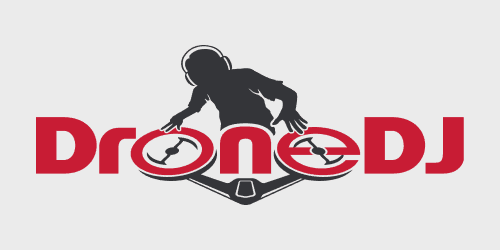
Heartbreaking scenes of a juvenile whale trapped in shark nets off Australia’s Gold Coast for two days and two nights has reignited debate about the country’s shark control program. The humpback whale, which has been freed after a marathon rescue mission, still faces a fight for survival because rescuers have not been able to remove all portions of shark control equipment from its tail.
The young whale became entangled in about 150 kg of net, floatation buoys, chains, and anchors near the Gold Coast in Queensland on Tuesday night. It was migrating north from Antarctica to warmer waters to give birth at the time.
Local surfers alerted the authorities on early Wednesday after they noticed the distressed mammal letting out cries and thrashing its tail on the surface of the sea in a desperate attempt to free itself.
For the next two days, a team of 18 rescuers worked against the clock and managed to free the whale from most of the shark control gear. But “significant pieces” of the equipment still remain attached to the animal.
Drone footage shows rescuers from marine park Sea World and Queensland’s Department of Fisheries using long poles with blades to try and cut away the 200-meter-long netting harrowing the whale.
According to Sea Shepherd Australia, a nonprofit marine conservation organization, the whale has been released into the wild with a length of anchor chain and large shark net buoys still attached to it. The buoys have been deflated by the rescue teams to allow the whale to dive.
Can drones replace shark nets to prevent future whale entrapments?
Australia uses shark control equipment to catch and reduce the number of potentially dangerous sharks near Queensland beaches, where a total of 198 unprovoked shark encounters have been reported since 1700. It’s worth noting that while this equipment lowers risk, it does not provide an impenetrable barrier between sharks and humans.

At the same time, these nets pose a threat to whales, especially during the migration season.
In 2020, six whales were caught in Queensland shark nets.
Sea Shepherd Australia managing director, Jeff Hansen, criticizes the government’s program, saying:
The Queensland Government may not use harpoons, but their pointless killing nets do the same job in a far more cruel and barbaric way, strangling and suffocating for hours on end until one of our iconic Australian Humpbacks draws its last breath. Or in this case with the whale lost, we have ropes acting like razor blades, continuing to tighten and cut deep into the whale’s tail region, disabling its ability to swim and outrun predators, thereby a death sentence to this whale from the Queensland Government.
Meanwhile, Jonathan Clark, who is running a campaign to promote better solutions for preventing shark bite incidents, believes drone surveillance and shark spotting programs can replace the controversial nets immediately. He says:
In 2021, we don’t have to choose between keeping our loved ones safe or precious marine life, we can do both with modern-day non-lethal and effective shark mitigation solutions.
Interestingly, the states of Queensland and New South Wales announced last month they will be softening their tone when it comes to the language of reporting shark attacks. Falling in line with scientific thinking on the subject, the states have decided to refer to shark “attacks” as “bites” – because that’s what they are. And all less-than-ideal shark-human meetings will now be referred to as an “encounter” or an “incident.”
Read more: 10-year-old wants to increase shark awareness with his Mini 2 drone
FTC: We use income earning auto affiliate links. More.






Comments